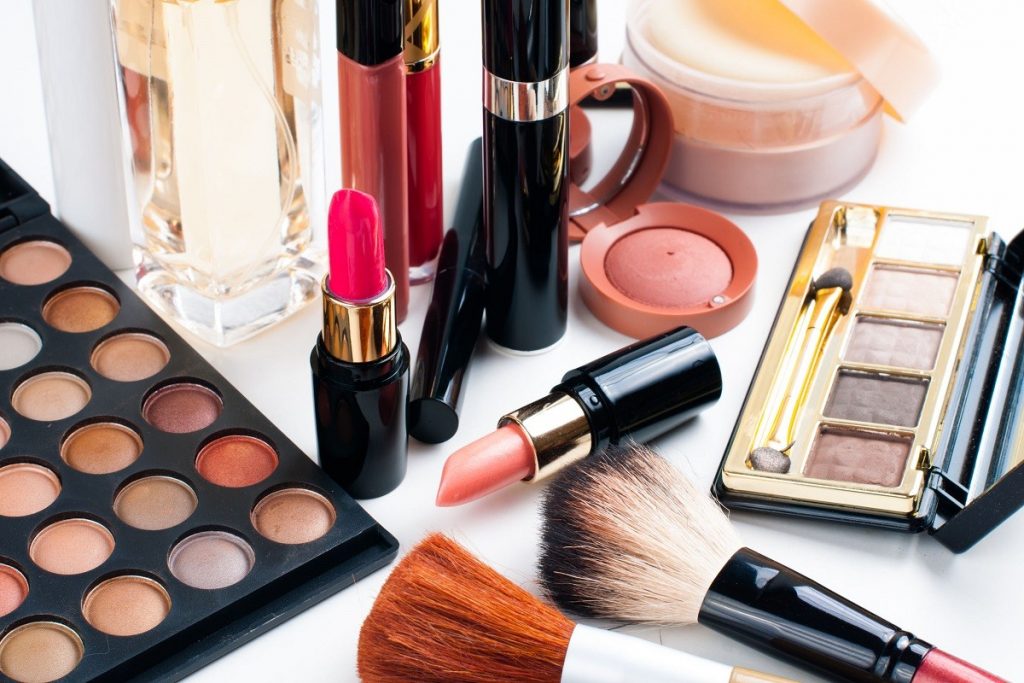Your seemingly innocuous mascara and eye shadow may contain mercury (a neurotoxin), coal tar (a carcinogen), and 1,4-dioxane (a compound that has been linked to cancer). That stunning lipstick shade you frequently wear may be laced with another neurotoxin, lead, and suspected carcinogen, butylated hydroxyanisole (BHA).
In addition, your favorite brand of makeup with SPF may be harming you more than the sun’s damaging rays. Some sunscreens contain the hormone disruptor, oxybenzone, as well as nanoparticle forms of titanium dioxide and zinc oxide.
Nanoparticles are tiny metallic particles whose long-term effects on human health are not entirely understood. In 2009, the Australian Therapeutic Goods Administration concluded that sunscreen nanoparticles do not sufficiently penetrate living skin cells, which is good news for sunscreen users.
The disturbing part is that manufacturers of cosmetics are not mandated by federal regulatory agencies to declare certain potentially hazardous chemicals on their product labels. That means your morning beauty ritual can be a dangerous activity.
Safeguard your health by learning which ingredients in cosmetic products to avoid. For starters, steer clear of these top two questionable makeup ingredients.
Paraben
Up to 90 percent of beauty products—conditioners, lotions, makeup, shampoos, etc.—use parabens as preservatives. This class of chemicals normally occurs as butylparaben, ethylparaben, methylparaben, and propylparaben.
Parabens can cause allergic reactions, such as skin rashes. And in a number of tests, parabens show estrogen-like activity. Estrogen is a hormone known to stimulate the formation of breast cancer.
Moreover, research has indicated that applying methylparaben on the skin is unsafe. When exposed to the sun, methylparaben reacts with the UVB component of sun rays and causes DNA damage and accelerated skin aging.
Formaldehyde
In 2011, the United States National Toxicology Program declared formaldehyde as a known human carcinogen. Formaldehyde, an embalming agent, acts as a preservative to protect cosmetic products from microbial growth.
It is added to many products, the likes of deodorants, eyelash glues, hair gel, lotions, makeup, nail polishes, shampoos, and soaps. Methylene glycol, the liquid form of formaldehyde, is used in hair-straightening treatment products.
To avoid exposure to this dangerous compound, always inspect the product label. These three substances—butylated hydroxytoluene, diazolidinyl urea, DMDM-hydantoin, and quaternium-15—leach formaldehyde, so if you see any of them on the list of ingredients, do not buy the product. When you buy nail polishes, opt for ones that say “formaldehyde-free.”
Be vigilant and take time to read product labels. Do not place your health on the line in the name of looking superficially beautiful.

